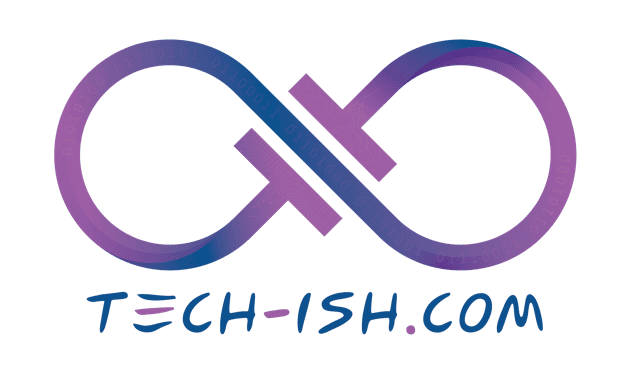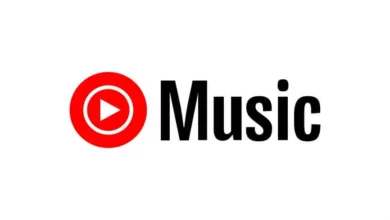
A viral video has creators worried about a massive rights grab. We dug into the legal text and the structure of the music industry to find out what’s really going on.
If you’re a creator, a recent video circulating online likely caught your attention. It paints a concerning picture of Spotify’s August 2025 Terms of Service, suggesting the company has given itself an “irrevocable license” to take your work, modify it, and use it without credit or payment. For artists who pour everything into their craft, the language sounds alarming and the implications feel dire.
The video has sparked a necessary conversation about creators’ rights in the digital age. But when you peel back the layers of legal jargon and look at how the music industry actually operates, the reality of the situation is far more nuanced – and significantly less frightening – than the viral warning suggests.
Here’s a detailed breakdown of what Spotify’s terms really mean for your work.
The Most Important Distinction: Your Music vs. Your “User Content”
The core of the confusion lies in a single, critical misunderstanding: the difference between your actual music catalog and what Spotify legally defines as “User Content”.
The scary-sounding clause that grants Spotify a “worldwide, royalty-free, sublicensable” license applies only to User Content. In Spotify’s world, this isn’t your master recording or your podcast episode. It’s the ancillary material you upload to personalize your experience on the platform: your profile picture, the cover art for a playlist you made, or the text in your artist bio.
Why does Spotify need such broad-sounding permissions for a profile picture? It’s a technical and operational necessity. The “worldwide” license allows them to show your playlist cover to a fan in Tokyo. The right to “modify” and “create derivative works” lets them automatically resize that image into a thumbnail for the mobile app. The ability to “sublicense” is for their partners, like the cloud hosting provider that stores the image file.
This language is standard boilerplate across the tech industry. A deep dive into the terms of service for platforms like YouTube and Apple Music reveals functionally identical clauses. They are not a mechanism for intellectual property theft; they are the legal plumbing required to run a global media service.
Your actual music is governed by an entirely different set of rules.
How Your Music Actually Gets on Spotify
Artists do not upload their official music catalog through the same channels as their profile picture. In fact, you can’t upload music directly to Spotify at all.
Instead, your music is delivered via a secure, business-to-business pipeline from a third-party digital distributor (like DistroKid, CD Baby, or TuneCore) or a record label. The relationship between you, your distributor, and Spotify is managed by a separate, non-public Distribution Agreement.
This agreement is what matters. It grants Spotify a limited license to stream your music in exchange for royalties. It does not give them ownership. Reputable distributors are very clear on this: you, the artist, retain 100% of your copyright and ownership of your master recordings. DistroKid’s own agreement, for example, explicitly states it “doesn’t take any copyright or other interest in any of your music, only a limited license to distribute”. The consumer-facing Terms of Service that caused the recent alarm cannot and do not override these complex B2B contracts.
The Question of Payment and Moral Rights
The claim that these terms mean Spotify won’t pay you is also a misinterpretation. Artist payments are dictated by the royalty formulas in those same distribution agreements, not the consumer ToS. The royalty pipeline – where Spotify allocates a portion of its revenue to a pool that is then paid out to rights holders based on stream share – is a completely separate system.
However, the video did touch on a genuinely complex legal concept: “moral rights.” These are a creator’s rights to be credited for their work (attribution) and to protect it from derogatory treatment (integrity). Spotify’s terms do ask users to waive these rights for their User Content.
This is where a fascinating local protection comes into play. In Kenya, the Copyright Act establishes moral rights as inalienable – meaning they cannot be waived or transferred by a creator during their lifetime. Legal analysis suggests this national law would likely override the waiver clause in Spotify’s global contract, providing a powerful, built-in shield for Kenyan creators’ right to attribution and integrity. While online “click-wrap” agreements are generally enforceable in Kenya, they can be challenged when they conflict with foundational national statutes.
So, What Did the August 2025 Update Actually Change?
While the focus has been on the User Content license, that clause is not new. The actual updates in the August 2025 ToS were more procedural. An analysis of the changes shows a focus on things like:
- Geo-locking: Clarifying that users must create an account in their country of residence and can only access that country’s version of the service.
- Commercial Influence: Formally stating that recommendations and placements on the platform may be influenced by commercial deals with third parties.
- Price Hikes: A new consumer protection requiring Spotify to give at least 30 days’ notice before raising subscription prices.
For creators, the takeaway is clear. The viral warnings, while well-intentioned, are based on applying the rules for your profile picture to your life’s work. The systems protecting your music are far more robust. The best strategy remains the same: choose a reputable distributor, read your distribution agreement carefully, and understand that you always retain 100% ownership of your music.






